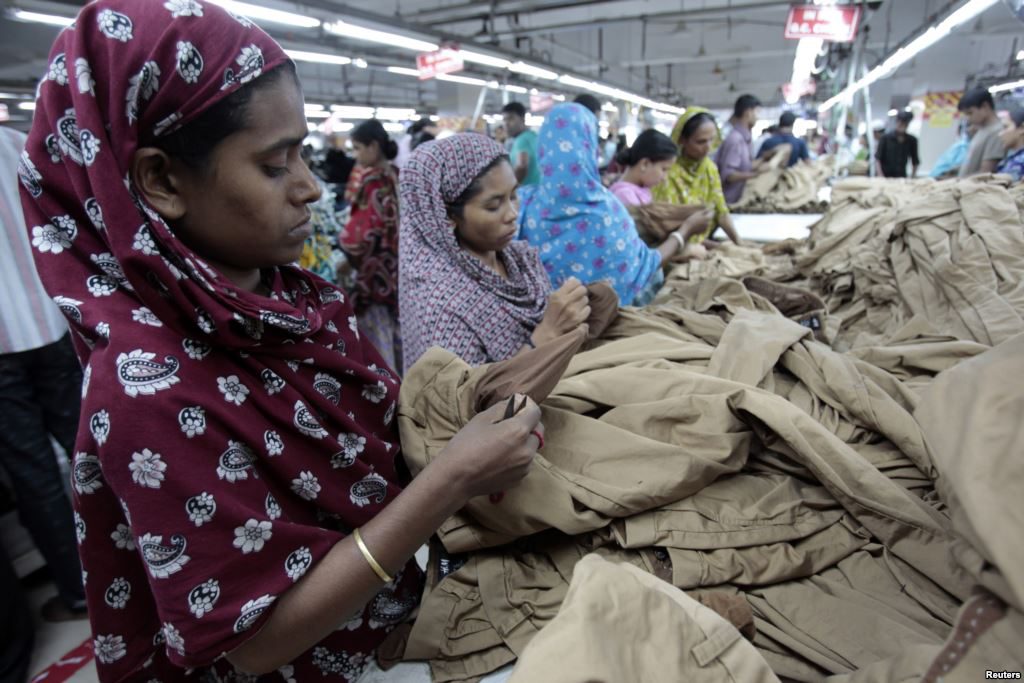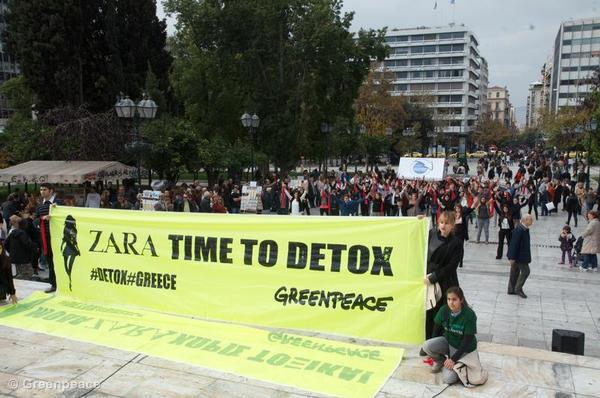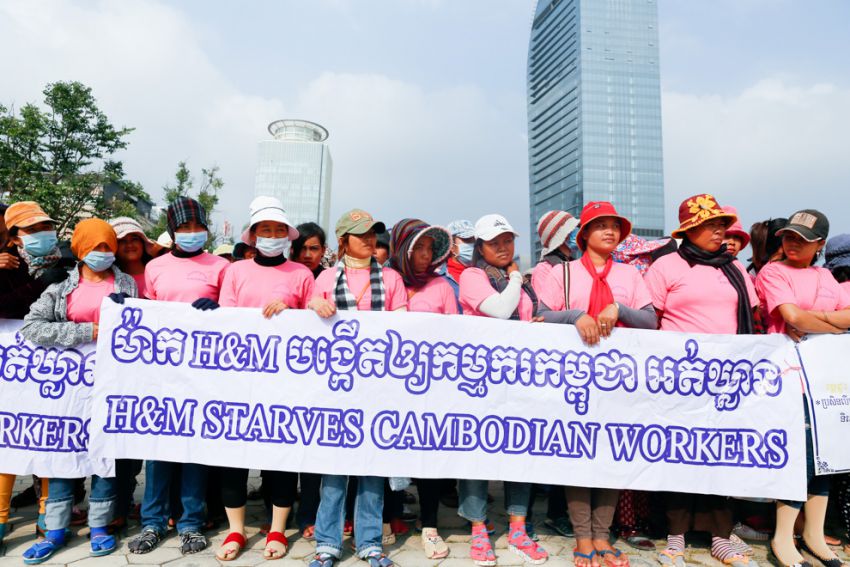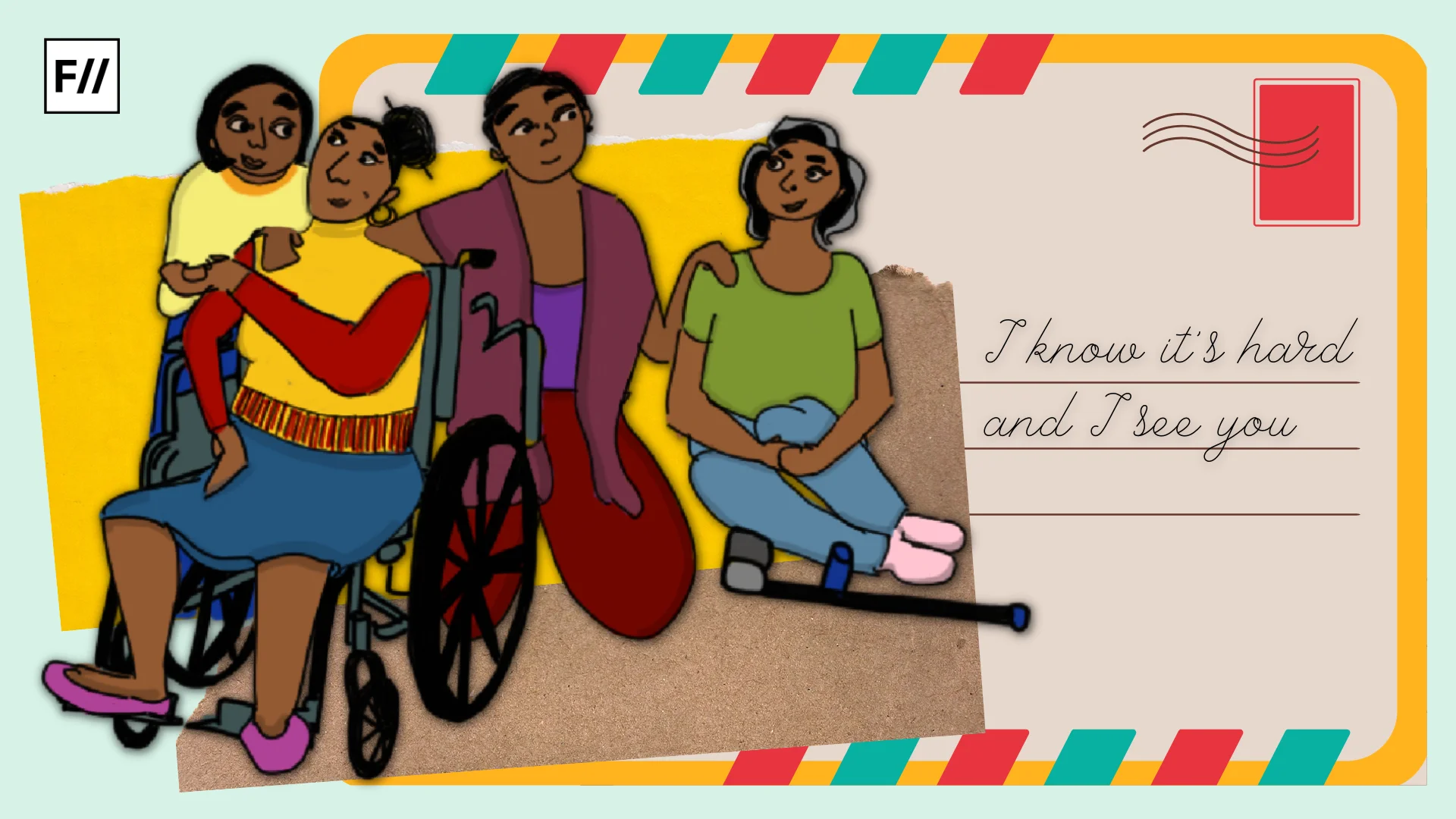Ever wondered how many collections fashion labels produce in a year? Have you ever pondered over the true cost of a piece of clothing that you purchased from brands like H&M, Zara, Mango and more? As consumers we do not think much about the “Made in …” tags sewn on our clothes or carved onto the soles of our shoes. But if you look closely, you will find these clothes are sewn in the fabric of sweat, cheap labour and inhuman working conditions; most often that of women, who cut, stitch and glue the apparels under dire and failing work hours.
Fashion is a multibillion-dollar industry where consumerism has grown rapidly in recent years. It has changed significantly ushering an era of fast fashion. Fast fashion here refers to clothes that are designed and manufactured as quickly as possible and sold to consumers at extremely low prices. It focuses on speed and low costs, constantly pushing new inventory every single month; thereby demanding faster production times. The cost of these clothes is so cheap that many people can afford to fill their wardrobes with new outfits several times a year and then throw them out as soon as they go out of style. The idea behind fast fashion therefore, is such that the product designed must be replaced quickly, not so much by desire but by need. As a result, the rate at which we consume clothing has increased exponentially.
Who are the actual producers?
In garment factories across South Asia, millions of women work long hours for minimum wages, often in uncomfortable and dangerous conditions making fast fashion clothing for both women and men in first world countries to wear. Since the dawn of mass manufacturing, textiles and garments production has overwhelmingly been ‘women’s work’. With approximately 80% of the world’s garment workers as women, this sector prefers employing them. Today, more than 70% of garment workers in China are women, in Bangladesh the share is 85%, and in Cambodia as high as 90%.

Image source: trustedclothes.com
It is not just mere coincidence that these are young, uneducated, rural migrant women who are in high demand for their nimble fingers, good eyesight, and the convenience of a workforce that lacks a political voice. Their exploitation has allowed big fashion companies to reap huge profits while denying them their basic rights. Not only this, they also often receive less pay than their male counterparts. Cheap clothes are also made by child labourers as young as 14 who work an average of 14 hours per day in sweatshops for meagre wages, while also facing sexual harassment.
According to the campaign Labour Behind The Label, workers in India reported verbal harassment, gender discrimination, and unspecified wage deductions. As if all this is not enough, the danger of death lurks around. The collapse of the Rana Plaza factory in Bangladesh was a shocking wake up call for the fashion industry. That incident killed at least 1,132 people and injured more than 2,500 and is considered to be one of the worst industrial disasters in history, it unearthed the working conditions of garment workers in Bangladesh and other third world countries.
Impact on environment
Fast fashion has an irreparable and serious negative environmental impact like water pollution, increased use of toxic chemicals and enormous production of textile waste. It has been estimated that there are 20 new garments manufactured per person each year. Moreover, textile dyeing is the second largest polluter of clean water globally, after agriculture. While cotton and polyester are the popular fabrics used in this industry, both have adverse effects on the environment.

Image source: greenpeace.org
Cotton, a water-intensive crop, relies on chemicals to avert weeds and pests – using 16% of the world’s insecticides. Not only this but many brightly colored fashion accessories contain lead-based paint and dyes capable of causing nerve damage and kidney failure. Thus keeping in view the present rate of production, the fashion industry’s CO2 emissions are projected to increase by more than 60% to nearly 2.8 billion tons per year by 2030.
Safety hazards
In 2012, a garment factory called Tazreen Fashion caught fire in Bangladesh. The incident forced people to ask a pertinent question, “Who makes my clothes?” It shed some of the layers off the murky and not-so-transparent fashion industry which forces people into the vicious cycle of production and consumption. It also revealed that most of these factories fail to meet the standards required by building and construction legislations. Since the 1980s, many fashion companies have stopped in-house production and instead have suppliers in developing countries where they can take advantage of lax regulations as well as cheap labour and factory costs.
Thus, by outsourcing production, these companies are able to both step away from their accountability and play producers against each other to get the best and most profitable deal. Furthermore, the lack of a proper regulatory mechanism has made decent work and life in dignity a distant dream for a majority of the garment industry workers.

Image source: phnompenhpost.com
Despite all this, women workers have started to mobilise into unions, challenging the inequalities and exploitation prevailing in the industry. They have demanded fair wages, better working conditions, and more environmental responsibility. On a global level, there also seems to be a growing movement to push the return to slow fashion, with higher quality garments, longer product life and utilization.
Also read: Can Fashion And Feminism Go Hand In Hand?
Featured image source: thecrimsonconnection.com
About the author(s)
Mahvish is a student of law and a feminist in making. She is in the process of unlearning!




